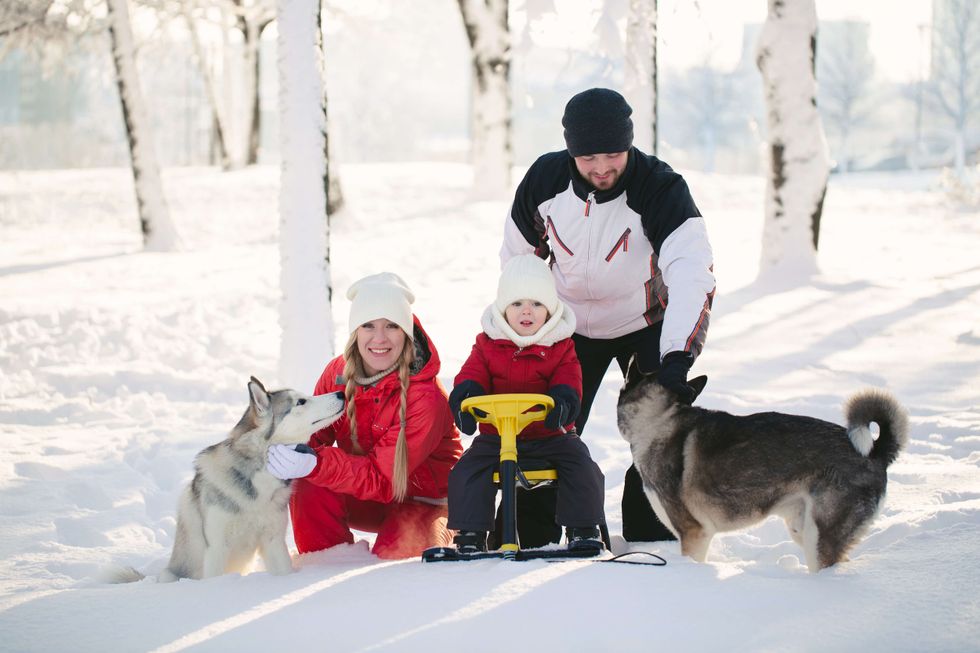“I wish I were a few shades lighter.”
“She’s pretty for a dark-skinned girl.”
“Don’t go in the sun - you’ll get too dark.”
If you grew up South Asian, chances are you’ve heard comments like these. They don’t just sting in the moment. They stay. They shape how we see ourselves - and our skin.
On International Skin Pigmentation Day (25 May), we are not just spotlighting a dermatological issue. We are unravelling decades of internalised racism, colourism, and colonial trauma - still embedded in the fabric of our communities and beauty norms.
Pigmentation is natural. Prejudice is not.
Melanin is the pigment that gives skin its colour. South Asian women (usually skin types IV–VI) have naturally higher melanin levels, which help protect against UV rays. But we’re also more prone to certain skin conditions: melasma, acne scarring, and post-inflammatory hyperpigmentation.
These aren’t rare. They’re common and treatable - but misdiagnosis and inadequate advice are rampant.
A 2023 study in The Journal of Clinical Dermatology confirmed that patients with darker skin tones are less likely to be referred to dermatologists and more likely to be prescribed ineffective treatments.
We deserve better. We deserve culturally safe care - from products that support our skin, to professionals who understand its unique needs.
The right routine for brown skin
Daily:
- Broad-spectrum SPF 30+ (essential - even indoors)
- Mild, non-stripping cleanser
- Vitamin C in the morning, niacinamide or azelaic acid at night
- Fragrance-free moisturiser that protects the skin barrier
Weekly:
- Lactic acid or mandelic acid exfoliant (avoid scrubs)
- Bakuchiol or retinol (2–3x per week for cell renewal)
- Facial massage with nourishing oil for glow and lymphatic health
Holistic care:
- Hydration, sleep, a balanced diet, and movement
- Journaling, meditation, and internal healing around self-image
Inclusive experts, community-led care
Thankfully, more UK experts are stepping forward:
- Dr Anjali Mahto – Medical voice advocating for inclusive care
- Dr Ophelia Veraitch – Specialist in pigmentation & midlife skin
- The Black Skin Directory – Excellent, inclusive resource
- Skin of Colour Society – Research, education and empowerment
Ethical brands to explore: Skin + Me, Epara, Dr Sam’s Skincare, Facetheory
But even with the right routine or expert help, we must go deeper into our homes, our histories, and our heads.
Let’s talk about colourism
Colourism isn’t just “a preference.” It’s a by-product of colonisation, casteism, patriarchy, and capitalism. It’s the reason fairness creams still sell. It’s why many mothers tell their daughters to avoid the sun or wear makeup several shades lighter.
We must name it to heal it.
At The Sattva Collective, we believe healing is both personal and political. Whether you’re navigating pigmentation in midlife or trying to unlearn inherited shame, you are not alone. There is nothing wrong with your skin.
There is something wrong with a world that made you believe otherwise.






 During summer and autumn, when snow is absentiStock
During summer and autumn, when snow is absentiStock






